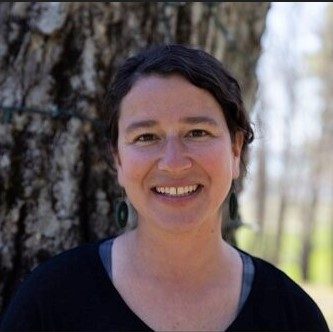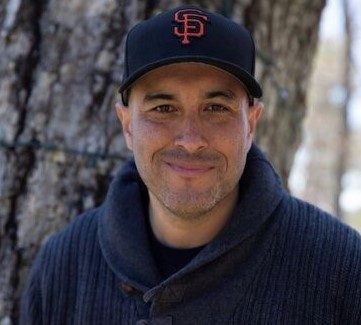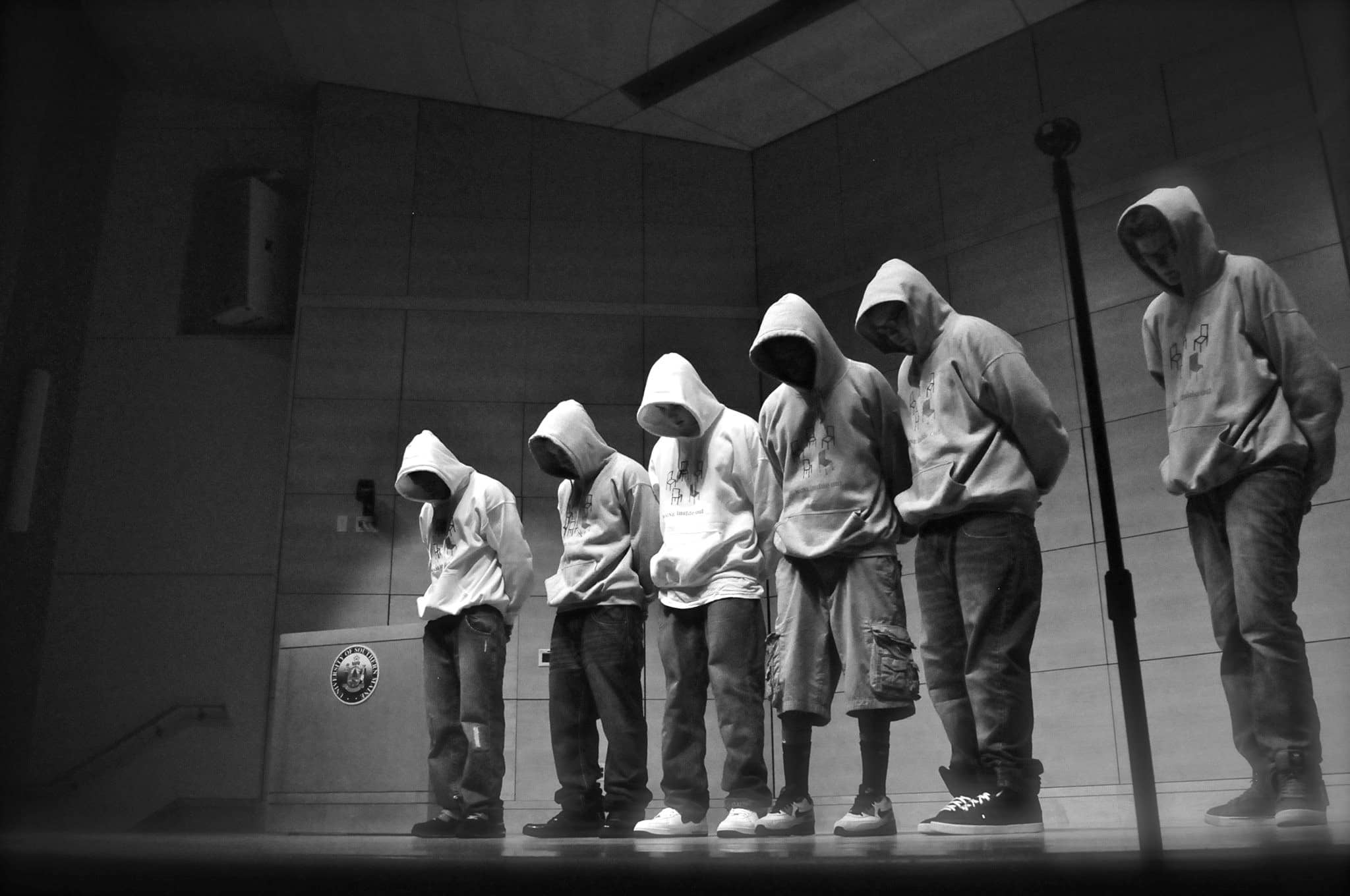Maine Inside Out uses the medium of original theater for social change and initiating dialogue to bring people together across boundaries and collectively solve community problems. Hannaford has supported this nonprofit through the Community Bag and Bloomin’ 4 Good Programs.
Tell us about Maine Inside Out.
We were founded in 2007, and we started by working in Long Creek Youth Development Center, which is Maine’s youth prison, using the tool of original theater to gather groups of incarcerated individuals to share a piece of artwork with the community and to initiate dialogue about the things that would come up in their art. These were not only the social problems facing them, but also communal, societal and systemic issues. Our work is really about using theater for social change and initiating dialogue, so that we can bring people together across boundaries to collectively solve community problems.
Our articulated mission statement is to build a world where everyone matters and belongs. Even though we have worked in youth prisons, we’ve also worked with adult facilities. A lot of our focus right now is on schools in communities, specifically Lewiston, where we’re working with young people who, for various reasons, find themselves marginalized. We’re helping them build everything from self-efficacy to self-worth, and also create dialogue and have difficult discussions. At the core of our work is having difficult discussions about the situations in which many people are involved. So, we bring together people who otherwise might have found themselves on different sides of conversations, and we try to create space to facilitate that deeper dialogue based on the art that the participants create.
This approach is not as widely utilized as it should be, and we hope that the success of our program can help bring attention to the benefit of facilitating conversations and facilitating ways to foster belonging.
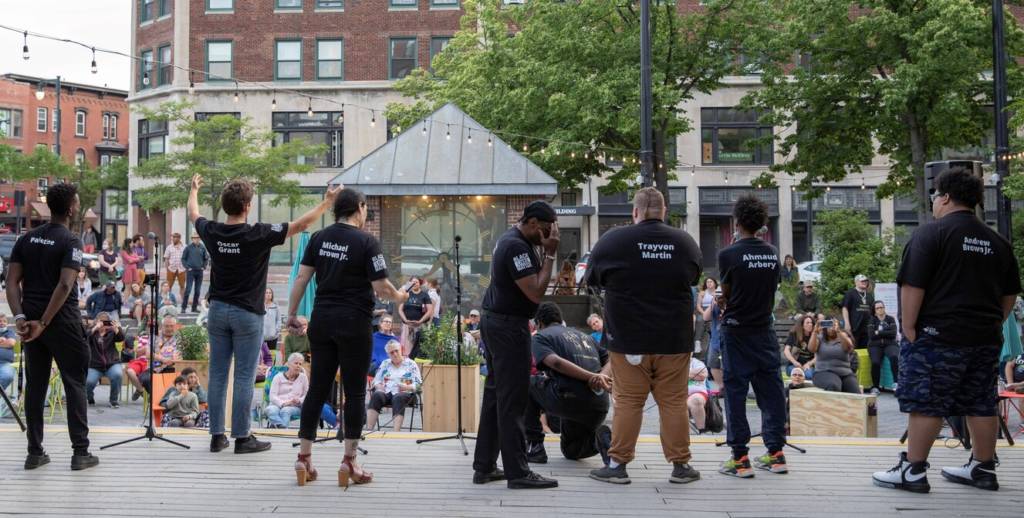
What sets your organization apart from others in your community?
When we started, it was a pretty small group of people bringing attention to these issues and to the life situations of the people that we were working with. There wasn’t a lot of support for system-impacted young people, or system-impacted people as a whole. When we were doing things such as advocacy and support for young people, especially those incarcerated and those reentering society, there weren’t many other organizations offering support. And that led to people in really difficult situations not having access to the resources that they needed.
Over the last seven years, we’ve seen a huge growth in the realization that people who are impacted by the systems should have a voice and that their experiences are diverse. Now we have a lot of partners helping us in this work. We find ourselves able to partner with other organizations that can fill in the blanks that we traditionally had. So, it’s encouraging, and I would like to think that, at least in part, our work has helped to grow this and bring awareness to the needs of young people and the trauma that they’ve experienced. We’re starting to see a little bit more of a robust approach to providing support to the people who need it.
Over the last seven years, we’ve seen a huge growth in the realization that people who are impacted by the systems should have a voice and that their experiences are diverse.
Tell us a story that illustrates your organization’s good work.
Rather than focusing on a particular person or situation as a story, I think the success of our model is the story.
We have young people who are program alumni now facilitating as staff members at Maine Inside Out and being part of their communities and schools from which, in many cases, they had been excluded. The data shows exclusion occurs and disproportionately to students of color. We’re actively using our model to employ people who have had these experiences to teach new skills in theater and have them go back into the schools to work with younger generations. The goal is to interrupt the generational effects of school expulsion and community exclusion, which lead to incarceration, generational incarceration and other issues linked to incarceration.
But I’ll also say that there is a recognition by the systems that we work with that the support we provide is really important. We do see that, when we are able to advocate on behalf of our participants, authorities will listen, and they will trust that they are in good hands with a community.
I think one of the things that concerns various people in charge, and rightfully so, is that when a young person is disconnected from community, they are far more likely to find themselves involved in behaviors that put them at risk. When a young person participates in our work and becomes a part of a community, authorities are more willing to give those individuals the chance they might not have otherwise because they’ve seen powerful outcomes for so many of the people that we work with, including finding people opportunities to go to school, to get into college and to become leaders in their communities.
That track record definitely helps us to advocate for those opportunities for the young people who may not have found their way into that path yet. So, the precedent that’s set by our alumni and older members is something that resonates enough that they trust us to give those opportunities.
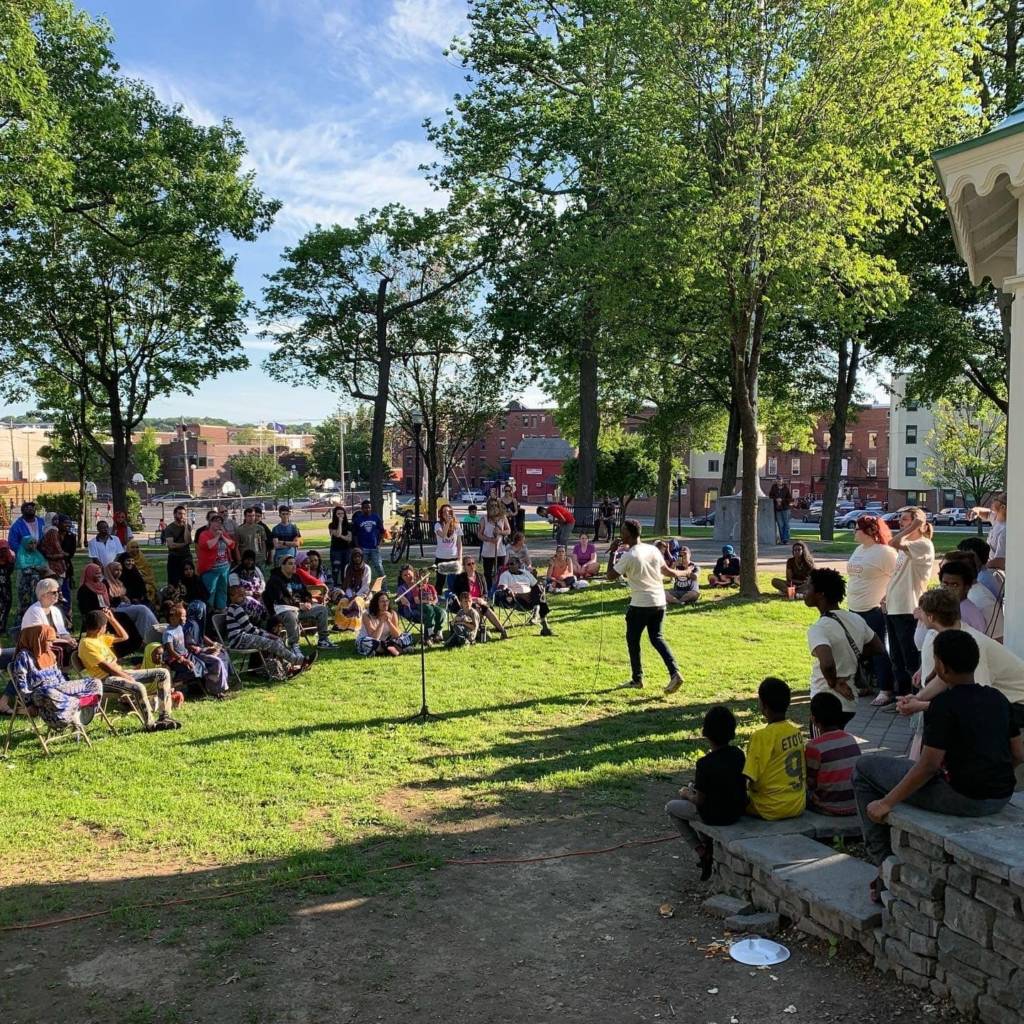
What is your most outstanding achievement or contribution to the community?
I think one thing we’ve seen is the growth of restorative and transformative processes in Maine as well as throughout the country. And we’ve had experiences where our plays have allowed conversations and even the making of amends for behaviors that had gotten the young people in trouble. As a result, bridges have been rebuilt. So, for us, one of the most exciting outcomes is to see that people who have felt excluded and have exhibited behaviors that have pushed them further to the sidelines find themselves being reembraced by their communities.
Without getting into anyone’s specific story, there are multiple occasions where that’s happened. It doesn’t happen every time, but when it does, it’s a really powerful testimony to what addressing harm and repair specifically can provide in helping make a community whole again.
What do you want people to know about Maine Inside Out?
There are a lot of different ways to answer this question, but I think if we could sprinkle a little bit of what we do a really good job of on everybody, I think we’d all be in a better place. What we’re doing as a society is not working across systems. We really need to get creative and imagine a different way forward and start slowly and steadily getting there together.
That’s what our work does as a secondary outcome. When people experience the work, something happens inside of them, and they say, “Huh…I didn’t think that way before.” It can be true for everyone when each of us starts thinking, how am I not connected or where am I using punishment as a tool versus connection and relationship. I think that’s our magic.
If I had to share one thing with the world about what I might hope that people would take away from our work, it’s that we all have to come at what is right in front of us with fresh eyes, creativity and imagination. What will see us forward is nothing that we currently know.
What we’re doing as a society is not working across systems. We really need to get creative and imagine a different way forward and start slowly and steadily getting there together.
How will you use the funds raised from the Hannaford Helps Community Bag and Bloomin’ 4 Good Programs?
The model we’re using is still relatively small, but we have had calls from many different schools and systems to bring our work into their spaces. But we can only do that when we have enough people to do the work. So, we’ll be using these funds to sustain us today and build up to what the community is asking of us.
Is there anything you would like to add?
We believe that people are more than whatever their worst behavior is at a given moment, and that very often they’re responding to their environment and situations that are around them. Not only are we hoping to change behaviors, but we also need to change the environment. We encourage people not only through our work but also on a day-to-day basis to try to make their world a better place because there is a recognition that behavior is usually a response to an injustice that isn’t central to the conversation.
It’s important to recognize that our work is with individuals, but it’s also about emanating that work beyond those individuals.
Together, we can create a new way forward. Attend an event this Fall and consider investing in this vision alongside us.
